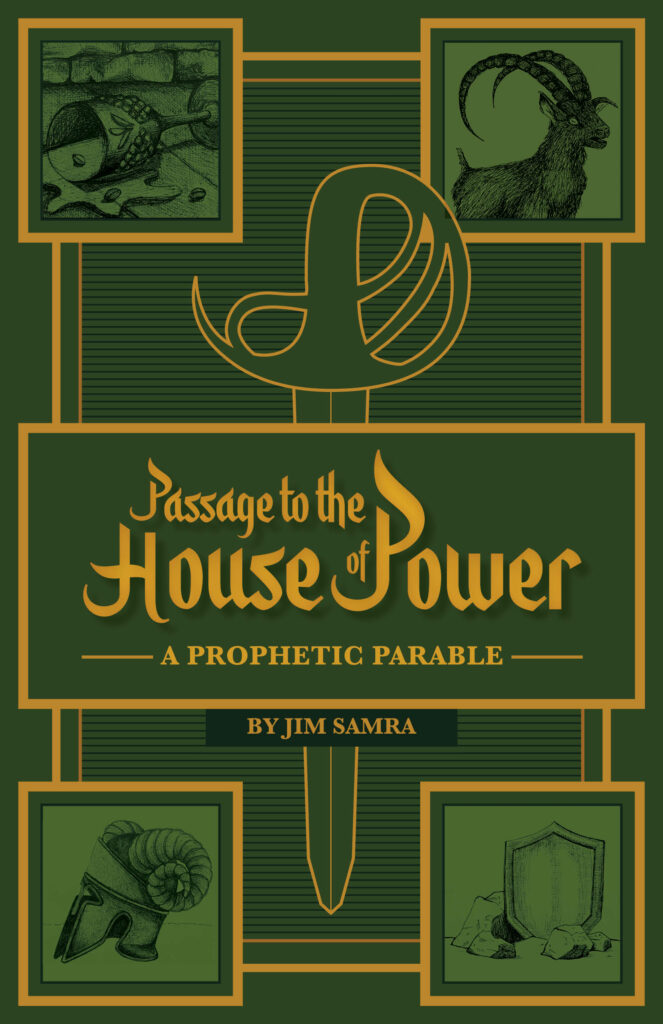The purpose for writing The Scroll of Remembrance series was to teach Scriptural truths in an entertaining and engaging way. Through several reading guides, I hope to help readers get the most out of the books so that they might be better equipped to put the truths into practice.
This second section of the interpretive guide focuses on how to read and understand parables.
Understanding Parables
The Scroll of Remembrance is a prophetic parable so it is important to understand how parables work. At one level, parables are compelling stories. The Good Samaritan, the Prodigal Son, and the Parable of the Talents capture the attention of readers because they are engaging stories. In order to tell an interesting story many of the details in a parable are simply there to fill out the narrative. In the Prodigal Son, details found in the story such as the robe, the fatted calf, the ring, and the sandals do not have separate allegorical meanings. For example, the ring does not represent the Holy Spirit and the robe does not represent the church. Collectively they represent the fact that when God forgives us, He bestows on us extravagant, undeserved blessings. I believe Jesus’ choice of a ring, a robe, a fatted calf, and sandals are there to fill out the story. Those details fit the world out of which Jesus is crafting the story and the world into which He is telling it.
Likewise, many, many things in The Scroll of Remembrance series have no intended allegorical meaning. They help make the narrative engaging and hopefully the details “fit” within the created fictional world. One could safely remove those details without affecting the truths contained in the story, but then it wouldn’t be a very interesting read.
At another level, elements in the fictional world of a parable are meant to correspond to realities in our world. In the Parable of the Sower, Jesus tells us the seed is the Word of God, the birds represent Satan, and the thorns represent the cares of this world and the deceitfulness of money. Later installations of this guide will explain what some of the items in Passage to the House of Power signify. However, one of the purposes of choosing to tell a story in parable form is to encourage people to seek and search for the message on their own with the help of the Holy Spirit. Therefore this guide is not meant to be exhaustive. Rather it is a starting point to help readers begin to decipher the symbols and unlock the underlying themes.
Finally, signs and symbols used in parables are necessarily limited. For example, when Jesus uses a seed to signify the Word of God in the Parable of the Sower, he is highlighting only one aspect of God’s Word—that it brings new life. In Ephesians 6 Paul uses the imagery of a sword to signify the Bible. Neither image is intended to or even could communicate the fullness of the power and blessing of the Word of God. Likewise, in The Scroll of Remembrance, the symbols used for the Holy Spirit, the Bible and spiritual gifts, are necessarily limited in what they can communicate.

